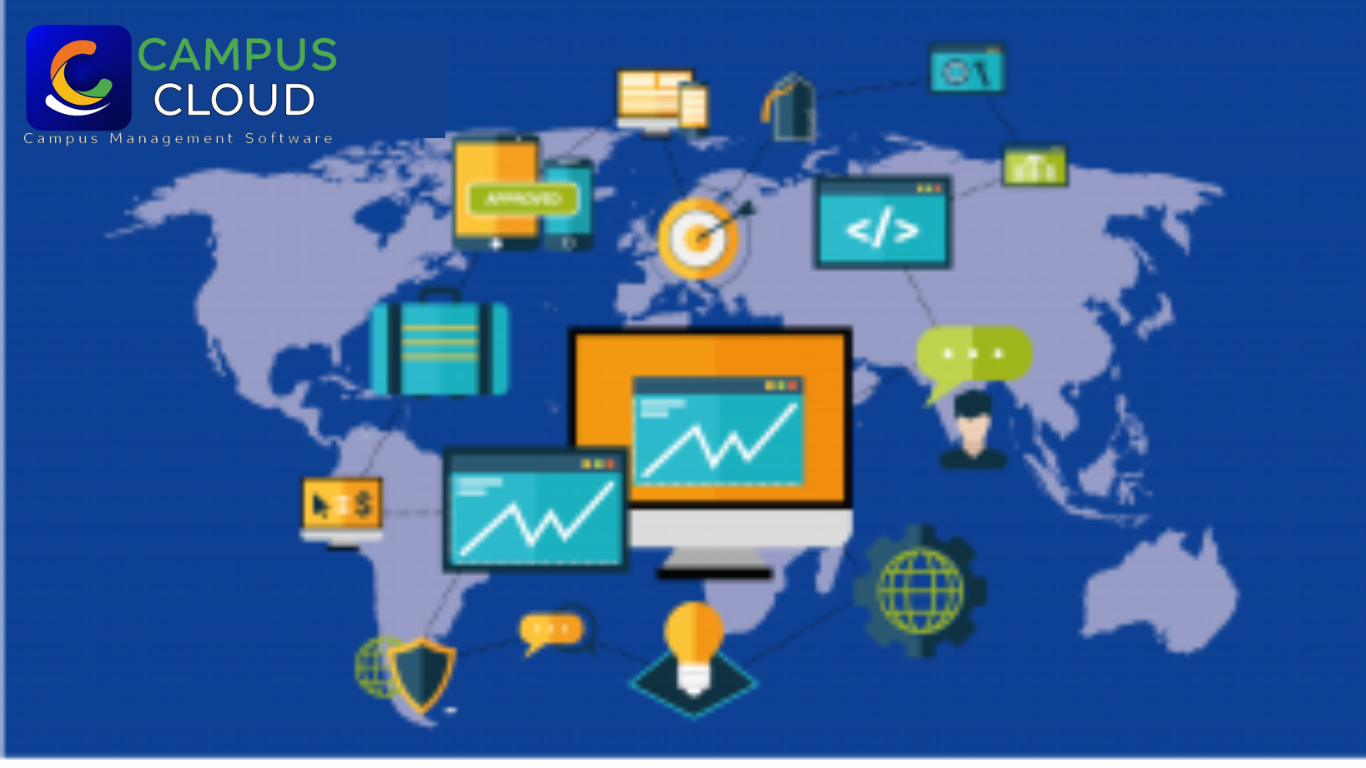The education sector is a dynamic one, bringing in new changes within it, every year. This is because the education sector constitutes a very large customer base since there are so many schools coming up. This increase in the number of schools is primarily happening as a result of the ever-increasing population. With more number of students getting enrolled, managing schools and imparting proper education is becoming more and more complex.
How does technology help schools to function in a better manner?
In order to reduce the complexity involved in running a school, many new technologies have cropped up. These technologies help to reduce costs, save time and ensure better flexibility and accountability. Some of the new technological advancements include School ERP software, flipped learning, student information management system, virtual education, wearable technology, e-textbooks, cloud storage of data, etc.
These recent technological developments in the education sector are explained in detail below-
-
School ERP software
With the emergence of School ERP software, the administrators can manage schools in the best and most efficient way possible. School ERP software provides many modules like student, parent and teacher management, online examination, attendance management, payroll and human resource management, transport management and many more which will surely help the schools to run in a more organised manner.
-
Flipped Learning
In the earlier times, students had to get their doubts solved in any of their subjects only during the class hours. Now, technology has managed to reduce this gap between the teachers and students by bringing in a new approach to teaching called ‘flipped learning’. In flipped learning, students can get their doubts solved by looking at conceptual videos and other digital material using their mobiles, laptops or tablets which will be provided by the school, so that they can get their doubts solved and thereby complete their homework on time.
-
Student Information Management System
This is one of the latest trends in technology wherein each and every detail of the student is stored online, in a single place. These details of the student may include personal information, academic and non-academic performance, fee payment, attendance and others. Using a student information management system, any detail about the student can be obtained at a single click, which helps in eliminating the time-consuming activity of going through physical documents.
-
Virtual Education
It is a form of education which takes place outside the school wherein the student can learn all subjects by attending classes online in the form of video conferencing and other technology. This form of education is very helpful for those students who are unable to go to school because of physical barriers.
-
Wearable Technology
In wearable technology, the students wear a watch-like device on their wrists which is GPRS-enabled. This facilitates the user to be tracked by their parents and teachers. This technology is primarily used for ensuring the safety of the students and tracking their location, in order to protect them from becoming a victim of the numerous criminal cases arising.
-
E-books
Gone are the days when physical textbooks used to be the only way of providing study material to the students since a new form of technology called ‘E-books’ is on the rise. In E-books, the contents of the study material are stored in a digital (soft copy) format and students can access it by using their mobile phones, tablets, computers and laptops. This will help the schools in eliminating the high costs involved in printing textbooks. The study material provided in a soft copy format proves to be more economical as compared to the hard copy format in the long run.
-
Cloud Storage of Data
Nowadays, most of the schools store all their data on cloud servers. Using cloud storage, data can be accessed anywhere and anytime by using electronic devices like mobile phone, laptop, tablet, etc. The administrators of the school have to just login to their respective portals to get access to the data which they require. It also helps in preventing unauthorized access of the data by third parties. Storing data on the cloud facilitates the school to run in a paperless environment.
Schools should try to adopt the latest technological developments happening in the education sector, in order to ensure maximum flexibility, accountability and efficiency, thereby meeting their ever-changing needs.
